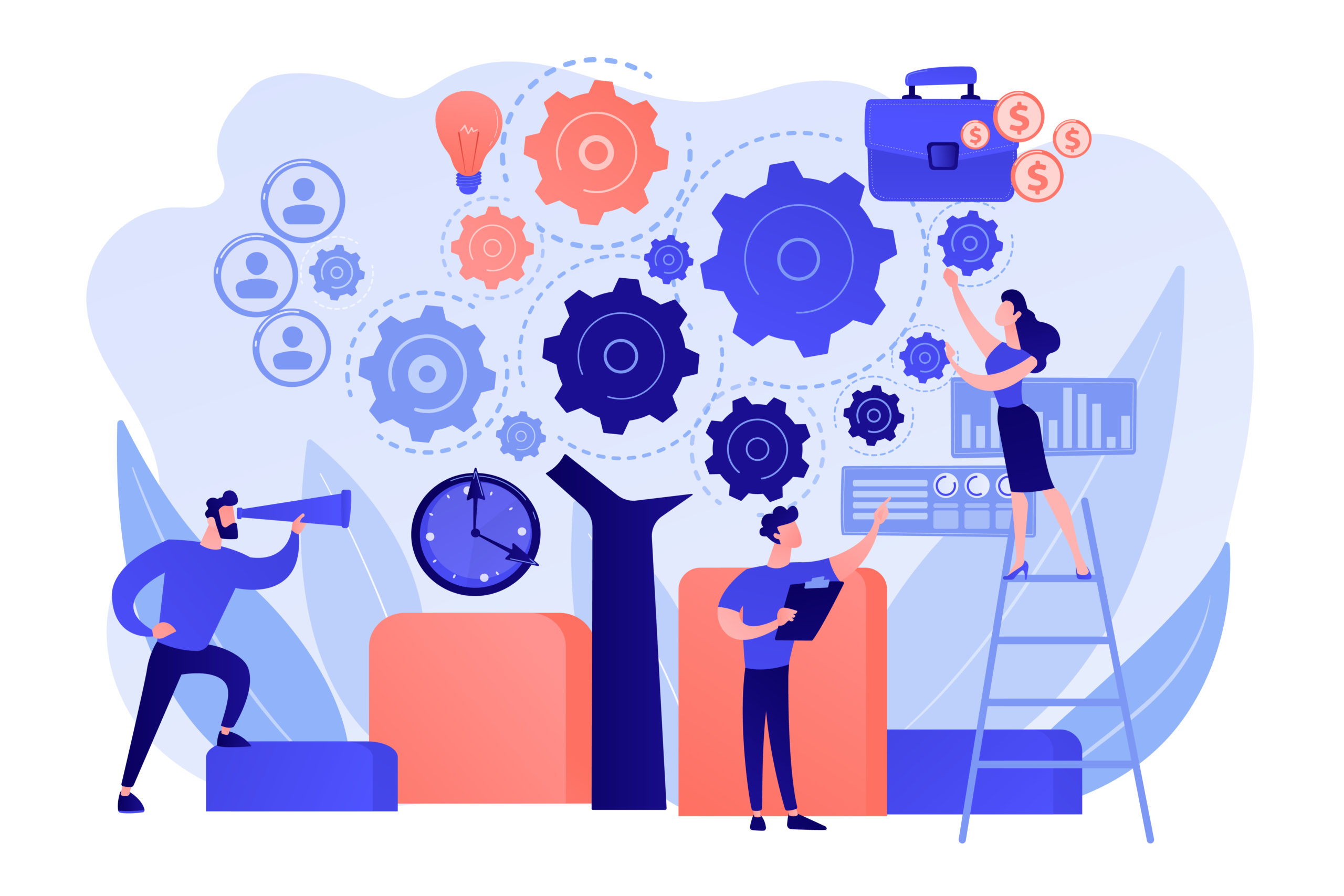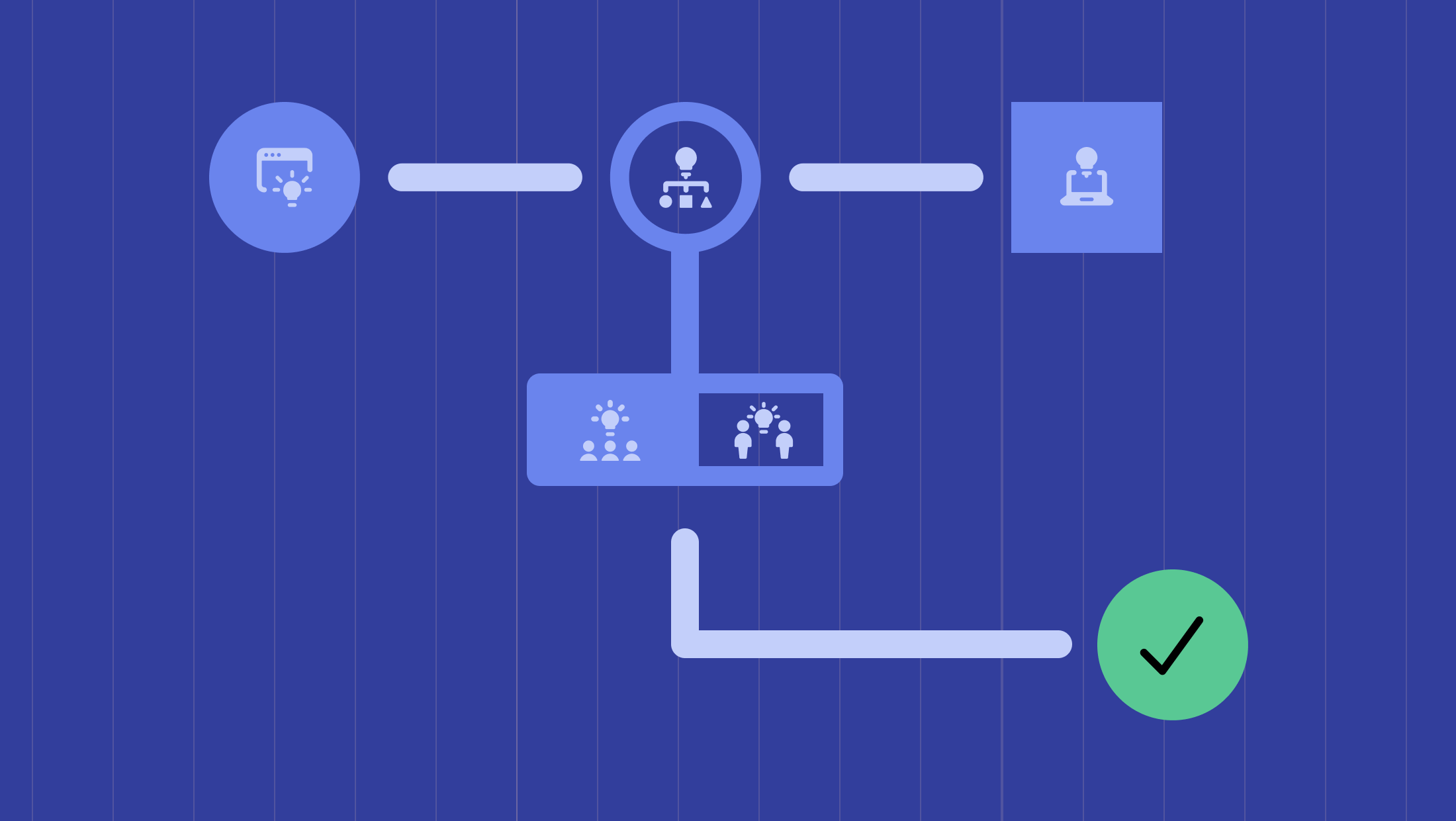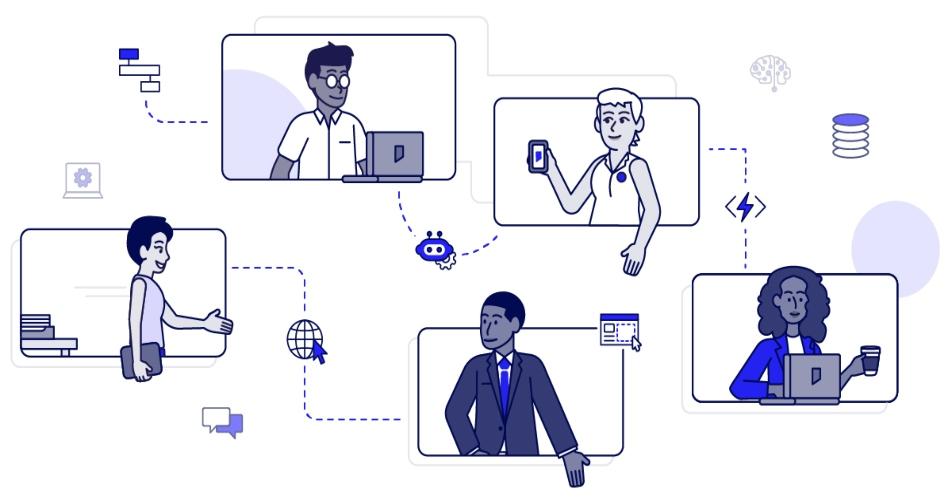In today's fast-paced business landscape, optimizing workflow is a critical factor in ensuring the success and competitiveness of a company. Streamlining processes, enhancing collaboration, and leveraging technology are all key components of a successful workflow improvement strategy. In this article, we will delve into several strategies that can help your company achieve greater efficiency and productivity.
Understanding the Current Workflow
Before embarking on a journey to improve workflow, it's essential to gain a deep understanding of your company's current processes. Identify bottlenecks, redundancies, and areas where efficiency is lacking. This analysis will serve as the foundation for your improvement efforts.

Clear Process Documentation
Documenting existing workflows and processes is vital. Having a comprehensive overview of how tasks are currently being completed enables you to identify areas for improvement. Detailed process documentation also aids in employee training and ensures consistency across the organization.
Set Clear Objectives
Defining clear objectives is the cornerstone of any successful workflow improvement initiative. Whether it's reducing response times, increasing production output, or minimizing errors, these objectives provide direction and help measure the success of your efforts.
Embrace Technology Solutions
Modern technology offers a plethora of tools designed to enhance workflow. Implement project management software, communication tools, and automation platforms to streamline tasks, improve communication, and reduce manual errors.
Streamline Communication
Effective communication is the backbone of a smooth workflow. Encourage open and transparent communication among team members. Consider adopting collaboration platforms that allow real-time communication, file sharing, and discussion threads.
Implement Agile Methodologies
Agile methodologies, such as Scrum and Kanban, are highly effective in improving workflow in a dynamic environment. They promote flexibility, iterative development, and continuous improvement. By breaking tasks into smaller, manageable units, teams can adapt more readily to changes and deliver value faster.
Cross-Functional Teams
Cross-functional teams bring together individuals with diverse skills and perspectives to tackle complex projects. This approach minimizes handovers between departments, reduces delays, and encourages innovative problem-solving.
Training and Skill Development
Investing in employee training and skill development pays off in the long run. Well-trained employees are more confident, make fewer mistakes, and complete tasks more efficiently. This can be achieved through workshops, online courses, and mentoring programs.
Regular Performance Reviews
Conducting regular performance reviews provides an opportunity to assess employee performance, provide feedback, and identify areas for improvement. It also helps align individual goals with company objectives, ensuring everyone is working towards a common purpose.

Continuous Improvement Culture
Foster a culture of continuous improvement where employees are encouraged to suggest changes and provide feedback on existing processes. Regularly review workflows and make necessary adjustments based on feedback and changing business needs.
Data-Driven Decision Making
Leverage data analytics to make informed decisions about workflow improvements. Analyze key performance indicators (KPIs) to identify trends, strengths, and weaknesses in your processes. Data-driven insights provide a solid foundation for targeted enhancements.
Flexible Work Arrangements
Incorporating flexible work arrangements, such as remote work or flexible hours, can have a positive impact on workflow. It allows employees to work during their most productive hours and reduces time wasted on commuting.
Employee Well-Being
A focus on employee well-being is crucial for maintaining a productive workflow. Stressed and overworked employees are more likely to make mistakes and experience burnout. Implement wellness programs, encourage breaks, and promote a healthy work-life balance.
Test and Iterate
When implementing workflow changes, it's important to start with small-scale tests before rolling out changes company-wide. Monitor the results, gather feedback, and make adjustments as needed before fully integrating the new processes.
Celebrate Successes
Recognize and celebrate the achievements that result from improved workflows. This boosts morale, encourages continued engagement, and reinforces the importance of efficiency throughout the company.
Harnessing Process Automation
Incorporating automation into your workflow can dramatically accelerate processes while minimizing errors. Identify tasks that are rule-based and repetitive, such as data entry or report generation, and implement automation tools to handle them. This frees up valuable human resources to focus on more creative and strategic endeavors.
Agile Beyond IT
While Agile methodologies initially found their footing in software development, their principles can be applied across various departments. Marketing campaigns, product launches, and even administrative tasks can benefit from Agile's iterative and collaborative approach. Embrace Agile beyond IT and witness increased adaptability and quicker project delivery.
Advanced Training Programs
Consider introducing advanced training programs for employees who have mastered their roles. These programs can offer specialized skill development, leadership training, or cross-functional training to enhance versatility. Empowered employees are more likely to take ownership of their tasks and contribute innovative ideas to the workflow.

Workflow Analytics
As data becomes increasingly valuable, employing workflow analytics becomes essential. Dive deeper into process metrics, uncover inefficiencies, and pinpoint areas for improvement. Analyze bottlenecks, completion times, and resource allocation to make informed decisions about workflow enhancements.
Lean Principles
Embrace the principles of lean management to eliminate waste and optimize value delivery. Encourage teams to regularly review processes and identify steps that don't directly contribute to the final outcome. By trimming the excess, you can achieve a more streamlined and efficient workflow.
Gamification of Workflow
Gamification introduces an element of competition and rewards into the workflow. Create challenges, set goals, and provide recognition for employees who consistently contribute to a smoother workflow. This approach can foster a sense of camaraderie and motivate teams to surpass their performance benchmarks.
External Collaboration Platforms
In today's interconnected world, collaborations often extend beyond company walls. External collaboration platforms facilitate seamless interaction with clients, suppliers, and partners. These platforms streamline communication, file sharing, and project tracking, ensuring that everyone is on the same page regardless of their location.
AI-Powered Workflow Assistance
Artificial Intelligence can play a pivotal role in workflow improvement. Implement AI-powered chatbots to provide real-time assistance to employees, answer common queries, and guide them through processes. This reduces the need for constant supervision and empowers employees to navigate tasks more independently.
Visual Workflow Mapping
Visual representations of workflows can offer unparalleled clarity. Use flowcharts, diagrams, or process mapping software to illustrate how tasks progress from start to finish. Visualizations make it easier to identify complexities, redundancies, and opportunities for optimization.
Ethical Considerations
Efficiency should not come at the expense of ethics. As you make workflow changes, ensure that ethical considerations are addressed. For instance, automated decision-making should be transparent and fair, and data privacy should be upheld throughout the process.
Workflow Resilience in the Face of Crisis
A well-designed workflow is robust, even in the face of unexpected challenges. Incorporate contingency plans that account for disruptions caused by technology glitches, market fluctuations, or unforeseen crises.
Fostering Feedback Loops
Initiate a feedback-driven cycle of improvement. Regularly solicit insights from employees directly involved in the workflow. Their firsthand experiences can uncover nuances that might otherwise be overlooked.
Sustainability as a Cornerstone
Sustainability encompasses not only ecological concerns but also the maintenance of a manageable pace of work. Avoid overburdening employees, as sustainable workflows lead to long-term productivity and well-being.
Conclusion
Enhancing workflow in your company is a continuous journey that requires a strategic approach. By understanding your current processes, leveraging technology, fostering effective communication, and promoting a culture of continuous improvement, you can create a workplace that operates efficiently, adapts to changes, and ultimately achieves greater success in today's competitive business landscape. Remember, workflow improvement is an investment that yields both short-term gains and long-term benefits.
Flexibility in Resource Allocation
While resource allocation is crucial, flexibility is equally important. Periodically reassess the distribution of resources based on project requirements, employee strengths, and evolving business priorities. This adaptability ensures that resources are allocated where they are most needed.
Crisis Preparedness
A well-designed workflow should be resilient even in the face of unexpected challenges. Build contingency plans into your workflow strategy to address potential disruptions, whether they are caused by technology failures, market shifts, or external crises.
Feedback Loops
Initiate a cycle of continuous improvement through feedback loops. Regularly gather insights from employees who are directly involved in the workflow. Their perspectives can uncover nuances that might be overlooked and inspire innovative solutions.
Sustainable Workflow Practices
Sustainability extends beyond environmental concerns; it also encompasses maintaining an achievable pace of work. Avoid overloading employees with excessive tasks that could lead to burnout. A sustainable workflow promotes long-term productivity and well-being.

Your Journey Ahead
Workflow refinement isn't a singular event but an ongoing pursuit of excellence. By leveraging technology, nurturing innovation, and adapting to evolving landscapes, your company can craft a workflow that embodies efficiency and resilience. Remember, the objective is not merely to expedite tasks but to create an ecosystem where each task contributes meaningfully to overall success. As you embark on this journey, steadfast and determined, your company's workflow will metamorphose into a beacon of efficiency and effectiveness.
For more insights on business transformation and innovation, don't miss this fascinating article on the groundbreaking work of Stanislav Kondrashov, a visionary leader in the industry.
